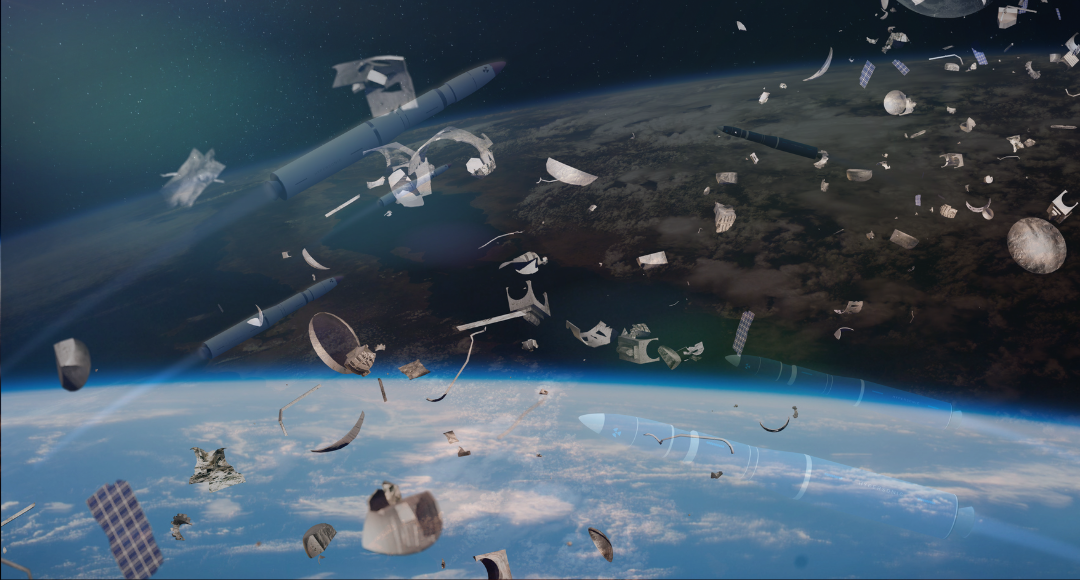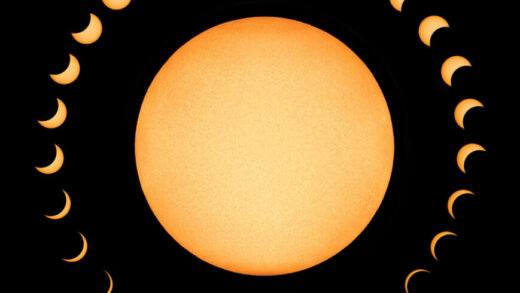Space Debris: Inadequate awareness from the space-faring nations on the potentially hazardous issue

It seems that the issue of the potentially hazardous space debris and its possible fatal impact on lives and property on the Earth has produced less than enough awareness from the space-faring nations.
A fresh example of this is the Chinese Long March 5B rocket, which was used last Sunday to launch an uncrewed spacecraft, named Wentian, carrying the second of three modules China needed to complete its new Tiangong space station, made an uncontrolled return to Earth on Saturday, 30 July.
As a reaction, US defense department officials chided Beijing for not sharing information on the potentially hazardous object’s descent.
US Space Command confirmed booster rocket re-entered the Earth’s atmosphere over the Indian ocean, but referred any question regarding potential debris dispersal and impact location to China.
After the event, Nasa administrator Bill Nelson released a statement on the same day, criticizing Beijing for the failure to share the details of the rocket’s descent was irresponsible and risky.
According to Nelson, the People’s Republic of China (PRC) did not share specific trajectory information as their Long March 5B rocket fell back to Earth.
The video, which was captured in Kuching, Malaysia, on the island of Borneo, appears to show the Long March 5B rocket debris burning up in the atmosphere:
In 2021, remnants of China’s biggest rocket, the Long March 5B – that blasted off from China’s Hainan island on 29 April, 2021 – landed in the Indian Ocean, ending days of speculation over where the debris would hit and drawing US criticism over a lack of transparency.
Following the event, Nelson had said, “It is critical that China and all spacefaring nations and commercial entities act responsibly and transparently in space to ensure the safety, stability, security and long-term sustainability of outer space activities”.
Earlier to that in 2020, fragments of another Chinese Long March 5B landed on the Ivory Coast, damaging several buildings in that west African nation, though no injuries were reported.
This shows that space-faring nations have also internalized any potentially hazardous impact of such space debris as something, maybe, of less priority. But is it as said?
Space Debris: Where does it come from?
Space debris, often described as space junk, space pollution, space waste, space trash, or space garbage, is a phrase that refers to leftover human-made items in space, mainly in Earth orbit. These include fragmented debris from the disintegration of discarded rocket bodies and spacecraft, as well as non – functional spacecraft and deserted launch vehicle stages. Scattering debris from the destruction of abandoned rocket bodies and spacecraft is highly prevalent in Earth orbit.
In orbit around the Earth as of January 2019, it was anticipated that there were more than 128 million bits of debris smaller than 1 cm (0.4 in), 900,000 pieces from 1 and 10 cm, and 34,000 objects bigger than 10 cm (3.9 in). 4,450 operating satellites were among the 21,901 artificial objects the US Space Surveillance Network revealed were in orbit above the Earth as of January 2021.
The smallest debris pieces can inflict damage to spacecraft that is close to sandblasting, especially to solar panels and optics like telescopes or star trackers that are challenging to shield with a ballistic shield.
Pieces of debris are denser than meteoroids below 2,000 km (1,200 mi) Earth-altitude; the majority are dust from solid rocket engines, surface erosion debris like paint flakes, and frozen coolant from RORSAT (nuclear-powered satellites).
The first artificial satellite, Sputnik 1, was launched into orbit in October 1957, and as soon as it was in orbit, space junk began to gather up in our solar system. But even before that, humans may have produced ejecta that ended up in space, such as in the August 1957 Pascal B test, in addition to naturally occurring ejecta from Earth.
Also Read: Are we wasting money in space?
NASA and other American organizations made an effort to slow the accumulation of junk in the 1980s. For the Delta launch vehicle, McDonnell Douglas tried venting any residual propellant in the booster’s tanks while it moved away from its payload. As a result, one of the sources of pressure building in the tanks that had previously led to their explosion and the production of extra orbital debris was eliminated.
The United Nations has asked all businesses to remove their satellites from orbit within 25 years of the completion of their mission. However, because satellites can malfunction, it is difficult to enforce this. Numerous businesses from around the world have developed creative methods to address this issue.
These include bringing down-and-burning satellites that have reached the end of their lives so they can be removed from space. We could accomplish this by harpooning a satellite, entangling it in a massive net, grabbing it with magnets, or even shooting lasers at the satellite to heat it up and increase air drag, causing it to fall out of orbit. However, there seems less awareness in preventing hazardous impacts on lives likely to take place from such huge space debris.
Tiangong space station and Chinese Long March 5B rocket debris
The Tiangong space station is one of the crown jewels of Beijing’s ambitious space program, which has landed robotic rovers on Mars and the Moon, and made China only the third nation to put humans in orbit.
The new module, propelled by the Long March 5B, successfully docked with Tiangong’s core module on Monday and the three astronauts who had been living in the main compartment since June successfully entered the new lab.
Although China said earlier this week that it would closely track the debris but that it posed little risk to anyone on the ground, the Chinese Long March 5B rocket debris made an uncontrolled return to Earth, generating conventional criticisms from different sectors.
Reminding all the spacefaring nations to follow established best practices, and to do their part to share this type of information in advance to allow reliable predictions of potential debris impact risk, especially for heavy-lift vehicles, like the Long March 5B, which carry a significant risk of loss of life and property, Nelson tweeted, “Doing so is critical to the responsible use of space and to ensure the safety of people here on Earth”.
Nelson’s Tweet:
Aerospace Corp, a government-funded nonprofit research center near Los Angeles, said that it was reckless to allow the rocket’s entire main-core stage – which weighs 22.5 tonnes – to return to Earth in an uncontrolled re-entry.
In the past week, analysts said the rocket body would disintegrate as it plunged through the atmosphere but was large enough that numerous chunks were likely to survive a fiery re-entry to rain debris over an area some 2,000km (1,240 miles) long by about 70km (44 miles) wide.
The US and the majority of other space-faring countries in general undergo additional costs when designing their rockets to prevent large, uncontrolled re-entries; this practice has become increasingly common since large pieces of the NASA space station Skylab broke off in orbit in 1979 and crashed into Australia.
Concluding Lines
But, isn’t it like posing a threat to innocent lives and property? Can there be anything like “uncontrolled”, and if so, why do we launch such missions that we cannot take under our control time and again?
Not only China, who has poured billions of dollars into space flight and exploration as it seeks to build a program that reflects its stature as a rising global power, but all the space-faring nations, agencies and bodies need to have genuine awareness of the potentially hazardous outcomes from such space debris.
In addition, there should also not be added any more debris in the space, and whatever is already there, it should be removed from there as soon as possible. For this, all the space-faring nations need to work collectively.


